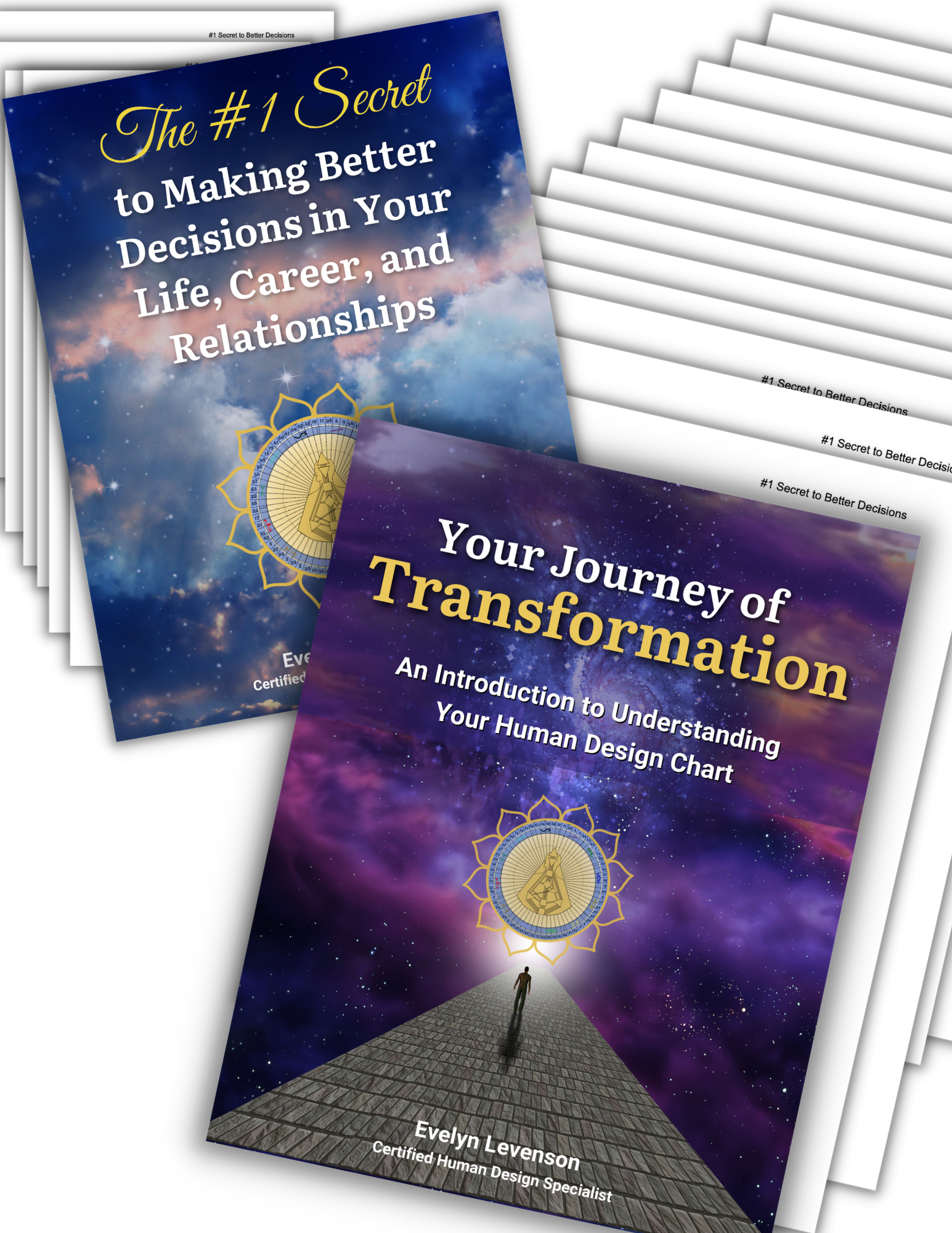When I moved last year, from Florida to Virginia, I had an interesting experience with distinguishing which items in my life were essential, which were non-essential, and the importance of each.
My Spleen Center is defined on my Human Design chart, but that doesn’t make me immune to “holding on to things for longer than I should,” which is usually the description for an open Spleen Center.
But with my defined Spleen, the impulse to hold onto things seems to come from a different place. It comes more from “in case I’ll need that,” rather than from “I’ll feel better by holding onto this.” Maybe you relate to one (or both!) of these.
Whether your Spleen Center is defined or open/undefined, it’s useful to ask ourselves, “What do I need to let go of that truly no longer serves me?”
When I knew we would be moving, I started packing the non-essentials that I don’t use often. Seemed like a good strategy. After a few dozen boxes of them, I had to ask myself… if these items are non-essential, why do I have so many of them?
If they are not essential, why do I need them at all?
When I finally started packing the “essential” items, I discovered that I had a lot of those too. They may be essential, but how many essentials do I really need?
I’ve realized that I actually want fewer essential items (pots and pans, etc.) in my life, so I have room for the many wonderful non-essential items that hold special meaning for me and delight me (and who doesn’t want to be more delighted these days?!?!).
My perspective continues to evolve about these questions, because our moving adventures are not over. My sweetheart and I finished packing all of our stuff last summer, we moved, we mostly unpacked and mostly settled in, and now (in March/April) we are packing to move again! (Both moves were/are intentional. All is well.)
I’ve also been thinking about this issue in a much broader context. The exploration of “essential vs. non-essential” is actually more important than it might seem at first. It applies to life and liberty more broadly than just our individual lives and our “stuff.”
Human Design shows us some essential knowledge about ourselves. You might think of this knowledge as non-essential if your goal is to simply be alive and get by. That could be described as living a conditioned and probably unfulfilled and not fully expressed life. (There’s nothing wrong with that. It’s a choice.)
But Human Design knowledge might be essential if you want to thrive in your life. It shows not only your inborn tendencies and default ways of behaving (why you do what you do), it gives you awareness and tools for moving forward in alignment with your True Being, showing how you can be fulfilled, fully self-expressed, and successful in life on YOUR terms.
Psychologist Abraham Maslow designed a pyramid showing a “hierarchy of needs” for humans that he said describes our motivations. The bottom three layers are physiological, safety, and love and belonging. The physiological needs include food, water, shelter, and rest. The safety needs relate to security and freedom from fear. And love and belonging needs suggest that we are fundamentally tribal beings and our chances of surviving (as well as thriving) are usually better in a group than alone. I would call these three levels of needs essential to life.
The upper two levels of needs are self-esteem/recognition and self-actualization. Self-esteem needs point to how we feel about ourselves and the importance of having respect and recognition from others. Self-actualization is about expressing our full potential. These top-level needs could be described as non-essential because if your basic essentials aren’t covered, these top layers are irrelevant.
What Maslow didn’t say, that I believe Human Design demonstrates, is that once your basics are covered, meeting those non-essential upper-level needs can actually enhance and improve your ability to meet your basic, essential needs. Taking action in alignment with your true nature and being fully (or at least partially) self-actualized makes everything easier and more enjoyable, including meeting our most basic needs. Being truly in alignment with ourselves may actually change some of our basic needs a bit.
I’ve had fun thinking about all of this and applying it to packing and purging my belongings for my upcoming move, as well as more broadly in my life. In fact, I’ve created a twist by realizing I can CHOOSE to define some things as essential.
Here is an example. When I choose to view exercise as essential rather than non-essential, that changes how I manage it in my schedule and its level of priority in my life. The same could be true of social interactions. And/or spiritual connection. When we prioritize anything as being essential for our fullest well-being, we change our relationship with it.
We have the opportunity and gift in our lives, here in the 21st century, to decide (beyond survival basics) what we choose to consider essential in our lives for thriving. Once our basic survival needs are met, what we define as essential beyond that is a very personal choice.
As a Projector, I know that self-care and self-regulation are essential for me to thrive. So, for example, I focus on the quality of the Human Design Readings I do, not on the quantity. I also regularly take time off from Readings–even when I’m not moving!
Thanks for joining me in this exploration. I hope it’s been stimulating for you and perhaps given you some new clarity. There are many ways to apply the concepts of essential vs. non-essential, and many ways to personalize and learn from them.


